Supersets are an outstanding weight training technique for building more muscle in less time. At least a dozen scientific studies have confirmed that superset workouts dramatically increase training efficiency (making it ideal for busy people). If it’s done correctly, it can build the same amount of muscle, or possibly more, while you spend half the time in the gym. The problem is many people are doing it incorrectly, or they’re utterly confused about the right way to superset…
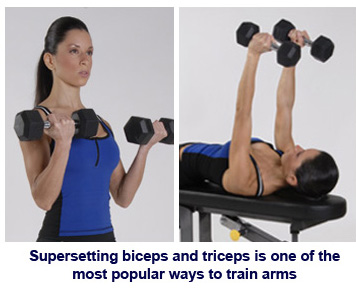 Question: Tom, I’m confused. You say a superset is doing two exercises in a row with no rest in between. Then you take a rest after the two-in-a-row sequence. Is that one set of one exercise followed immediately by one set of the next (different) exercise? What if there’s a few seconds before you can get to the second exercise? How long is the rest period? How do you pick the exercises? I’ve seen this explained in different ways by different people and each time I just get more confused. Help?
Question: Tom, I’m confused. You say a superset is doing two exercises in a row with no rest in between. Then you take a rest after the two-in-a-row sequence. Is that one set of one exercise followed immediately by one set of the next (different) exercise? What if there’s a few seconds before you can get to the second exercise? How long is the rest period? How do you pick the exercises? I’ve seen this explained in different ways by different people and each time I just get more confused. Help?
Answer: Confusion about supersets is understandable. It’s not just you – if you’ve never had a coach take you through a superset workout in person or you never saw the entire workout sequence and timing spelled out in writing, in detail, it can be confusing at first.
Not only that, there are numerous ways to do supersets including at least three or four classic types and many subcategories. There are also modern trainers who recently started defining supersets differently than the traditional way, so contradictory advice is common, based on trainer philosophy.
This training method is not new – it has been around at least a half century or more. Arnold was doing it back in the 1970’s. There are simply new ways and opinions about how to do supersetes emerging. That said, sometimes the old classic ways are the best.
Supersetting is such a valuable and effective technique, I recommend that any busy person who is not using supersets should learn how to do them and incorporate them into their training regularly.
Supersets are a great technique for numerous reasons, including time efficiency, as well as the positive training effects, which include being superb for bodybuilding and muscle hypertrophy.
The Official Definition of Classic Supersets
A superset is two (different) exercises in a row, with little or no rest in between them. You only take a rest break after the second exercise. You might catch a breather of two minutes after doing a superset of big exercises like squats and Romanian deadlifts and only a minute after small muscle exercise supersets like bicep curls and tricep extensions.
Here’s an example: You do a barbell row for upper back supersetted to a bench press for chest (antagonist aka opposite muscle superset), or a bench press for chest supersetted with another chest exercise like dumbbell flyes (same muscle superset). Those are two different types of supersets, but they are still both examples of supersets – two exercises in a row, back-to-back, with little to no rest in between exercises.
It’s the time between the pair of exercises that is the first cause of confusion, if you were thinking that it must be two exercises with literally no rest in between.
Sometimes “no rest between exercises” does mean zero rest. For example, you can do a full set of dumbbell curls sitting on the edge of a bench, and then without even putting those weights down, you lie back on the bench and superset to a full set of dumbbell tricep extensions. Only after the extensions do you take a rest interval. But this is not always possible or practical.
Sometimes minimal rest between each exercise means just enough time to grab a different set of weights, move to another exercise station, or change the weight on a barbell for the second exercise. That could be 10 to 15 seconds or so and that’s perfectly normal when supersetting.
Keeping up the pace
However, the more time you allow to elapse between the two paired exercises, either because you’re not training with urgency or the exercises were poorly chosen, the less it becomes a superset and the more it’s like a regular ole’ set (“straight set”) with short rest intervals. If you’re using the classic superset method, moving quickly between exercises matters.
Since supersets are predicated on doing one exercise right after another, it’s worth mentioning that it’s sometimes not practical to do supersets in a crowded gym during peak hours.
When you are able to do supersets, you usually have the equipment for the 2nd exercise set up and waiting for you, preferably nearby so you don’t have to cross the gym (and lose that “no rest” back-to-back exercise sequence).
If you’re taking up two workout stations in a crowded gym, you’re likely to: A. have someone “steal” your second exercise station while you are doing the first exercise, or B. you’re in some way hogging the second station (you leave your towel or water bottle on it to mark your territory, etc). Therefore, you disgruntle other gym members, unless you share.
If you train at home, obviously, you don’t have to worry about this. A possible downside of home training is less equipment and fewer exercises to choose from.
As I mentioned above in the curls to extensions example, there are occasions where you can do a superset with the same piece of equipment so you dont have to move or leave the exercise station you started on, which is beneficial because you can keep the rest between sets to a minimum.
Choosing exercises where you can use the same set of dumbbells is one of the efficiency “secrets” used in my new superset training program, TNB TURBO.
Superset Training Confusion…”Lifted”
After sorting out rest intervals, the biggest reason there is still so much confusion about supersets is because there are so many kinds.
If you follow different programs, especially from different trainers and coaches, you may be given information that seems conflicting. That may only be a matter of different (legitimate) techniques being used, and differences in style or intended goal / context.
So let’s continue clearing up superset confusion by clarifying the primary types of supersets.
Antagonist (opposing muscle) superset
The most popular (and arguably effective) method of supersetting is probably the antagonistic superset (antagonistic means working opposite muscles or movements).
Chest presses (push) supersetted to rows (pull) and leg extensions supersetted to leg curls are classic examples of antagonist exercise pairs that work opposite body parts.
To help clear up the questions about how the exercise order works during antagonist supersets, I’m going to show you how this would look during a workout through all three supersets, assuming you are doing the standard three sets per muscle group:
Below is an example of a bicep / tricep superset – one of the most popular ever because it is used for bodybuilding as well as general fitness. It’s also one that I’ve used in many of my workout programs including in my Body Fat Solution book, Burn the Fat Feed the Muscle (TNB-28) and the new TNB TURBO – which is a 100% superset-based program.
Exercise 1 (set one): Bicep dumbbell curls 8-12 reps
0 rest, move directly into:
Exercise 2 (set one): lying 2 dumbbell tricep extension 8-12 reps
That’s 1 super set completed. Rest approx 1 minute… do it again (super set round 2):
Exercise 1 (set two): bicep dumbell curls 8-12 reps
0 rest, move directly into:
Exercise 2 (set two): dumbbell tricep extensions 8-12 reps
That’s 2 supersets completed. Rest approx 1 minute and do it again (super set round 3)
Exercise 1 (set three): bicep dumbbell curls 8-12 reps
0 rest, move directly into:
Exercise 2 (set three): dumbbell tricep extensions 8-12 reps
For some people, that was the entire arm workout (two exercises supersetted). If so, you’re finished with arms and you can move on to the next muscle or movement.
For advanced trainees, especially bodybuilders, 3 sets of two exercises supersetted is just part of the arm workout. If you have more exercises lined up, then you move on to the next exercise after these three supersets are completed.
It works the same way for the lower body. Quadriceps and hamstrings are opposite muscles, so common supersets include leg extensions to leg curls and squats to romanian deadlifts. When you train the big compound exercises, the only difference is, you may need to take about two minutes between supersets to recover.
Same Muscle Superset
This type of superset is a popular style among bodybuilders.
The reason bodybuilders prefer same muscle group supersets is because by performing two exercises for the same muscle back to back, you are using resistance training parameters and techniques that are known to increase muscle hypertrophy. Namely, you induce a lot of metabolic stress.
These types of supersets also increase continuous time under tension, and are hugely effective for pushing more blood into one muscle which creates a huge pump (and increases capillary density).
In some cases, bodybuilders don’t do these supersets to shorten their workouts (they may not be as busy or worried about time efficiency as the regular person or they may even be professionals), but they do use them as an efficient way to do more work in the same time. Increasing the volume is a form of progressive overload, and up to a point, doing more volume increases muscle mass gains.
Example of two exercises for the same muscle group (legs) supersetted:
Exercise 1 (set one): barbell squats 8-12 reps
10-15 seconds rest, move directly into:
Exercise 2 (set one): leg press machine 8-12 reps
That’s 1 super set completed. Rest approx 1 minute… do it again (super set round 2):
Exercise 1 (set two): barbell squats 8-12 reps
10-15 seconds rest, move directly into:
Exercise 2 (set two): leg press machine 8-12 reps
That’s 2 super sets completed. Rest approx 1 minute… do it again (super set round 3):
Exercise 1: barbell squats 8-12 reps
10-15 seconds rest, move directly into:
Exercise 2: leg press machine 8-12 reps
That’s three supersets completed – a total of six sets for thighs in a fraction of the time it would take if you did regular straight sets.
Notice that it takes a a little time (at least 10 -15 seconds or so) to switch stations, and that the rest interval after the big muscle group exercises is longer, at two minutes.
Unrelated (aka separated) muscle supersets
In the Body Fat Solution book workout, which is not as bodybuilding-focused as others I have written, we do supersets for unrelated muscle groups, such as upper and lower body. For example, dumbbell split squats (legs) are supersetted with dumbbell rows (upper back) as follows:
Exercise 1 (set one): Split squats 8-12 reps
little to no rest, move directly into:
exercise 2: One-arm dumbbell rows 8-12 reps
That’s 1 super set completed. Rest approx 1 minute… do it again (super set round 2):
Exercise 1 (set two): Split squats 8-12 reps
little to no rest rest, move directly into:
Exercise 2 (set two): One arm-dumbbell rows 8-12 reps
That’s 2 supersets completed. Rest approx 1 minute and do it again (super set round 3)
Exercise 1 (set three): Split squats 8-12 reps
little to no rest, move directly into:
Exercise 2 (set three): one-arm dumbbell rows 8-12 reps
Why superset your legs and your back – an unrelated body part combination? It’s because this is not a bodybuilding workout per se – it’s a general strength, fitness and conditioning program. It’s also a resistance training program designed to support fat loss programs. If you superset two compound exercises together, like a squat and row, it’s going to get your heart rate and breathing up to the point it feels like cardio – and a lot more calories are burned.
Unlike purist bodybuilding training, here we are not trying to pump or flush one muscle or muscle area with blood, and we are not trying to maximize time under tension in a particular area. We do however, want the efficiency (time-saving) benefit of supersets AND we do want the metabolic effect of doing two exercises in a row.
This style of training makes the workout a) faster than straight sets (you get done quicker – effective 30 minute workouts are easily possible), and b) more intense (the workout is shorter, but harder, and more of a challenge to your muscles and cardio-metabolic conditioning than resting so much during a workout session.
If you’d like to learn more…
I hope this helped clarify the rest period timing, the sequencing and the different types of supersets which often get mixed up and lead to confusion.
The info here is only the tip of the iceberg, and I’ll be talking a lot more in future posts about superset training and some of the fascinating research that shows how efficient it is. I’ll also be explaining the different types of each superset in more detail with even more examples and sample workouts.
For now, you’ve learned enough to go into the gym and try some of these supersets to see how they feel and and make note of how much time they save you, while you still gain the same amount of muscle.
To learn about more, different training techniques for time efficient training, check out our special report on time-efficient training strategies here.
To learn about complete training programs based 100% on supersets, check out the TNB TURBO program below:
Train hard and expect success,
Tom Venuto, author of:
Burn The Fat Feed The Muscle
Burn the Fat, Feed the Muscle is the classic “bible” on fat burning nutrition, based on the tested, proven methods of bodybuilders and fitness models. The new edition is now available in audiobook here: https://amzn.to/2pCG7lX
TNB TURBO Training System: Ultra-time efficient “superset” training proven by science to build muscle in 50% of the time. To learn more CLICK HERE
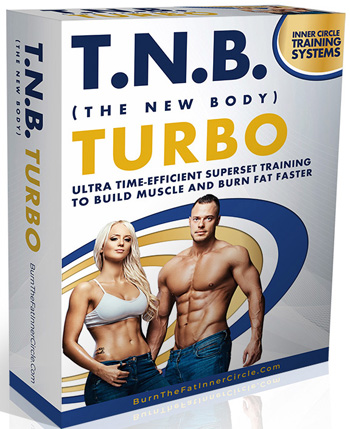

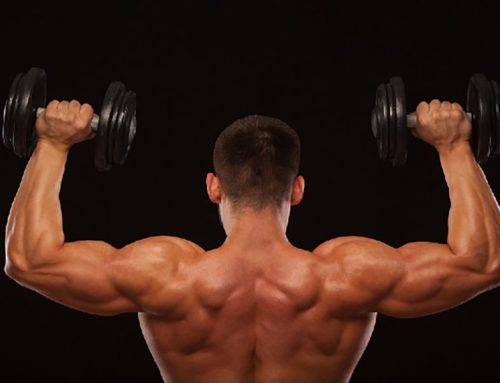
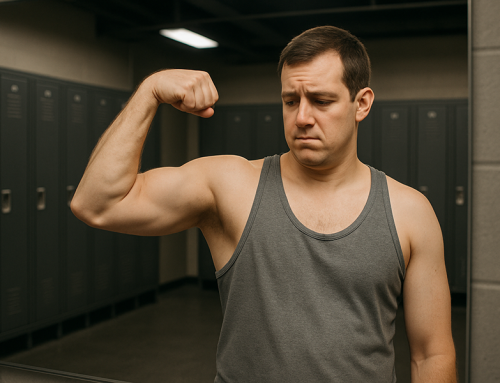
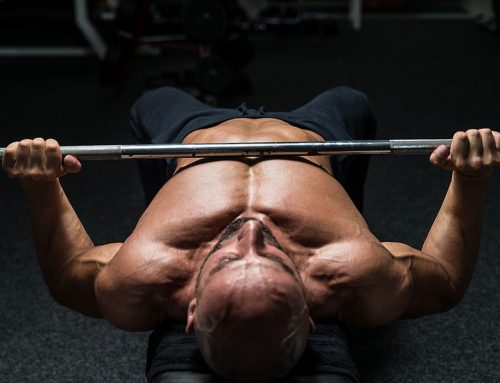
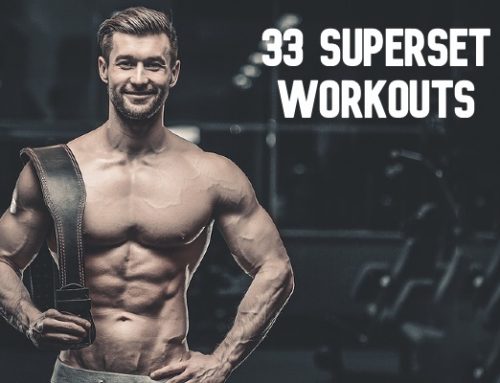
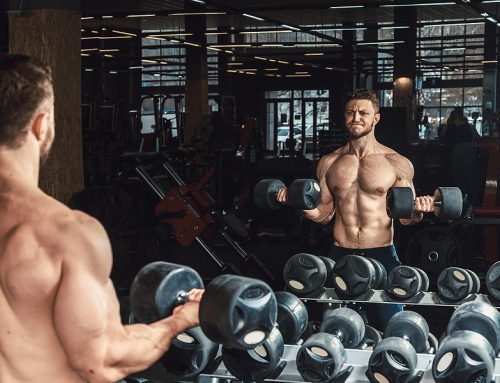
Leave A Comment